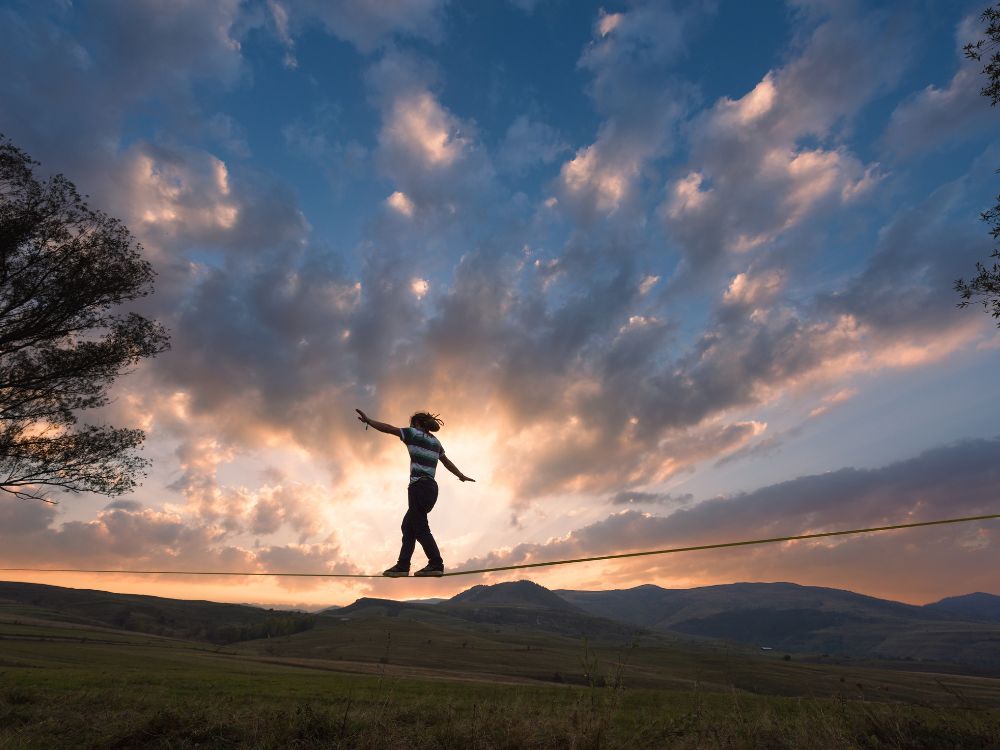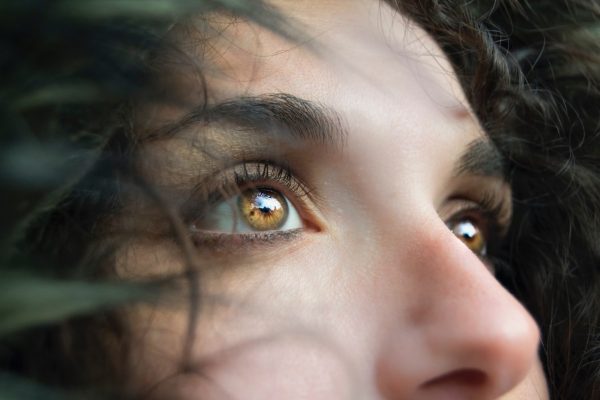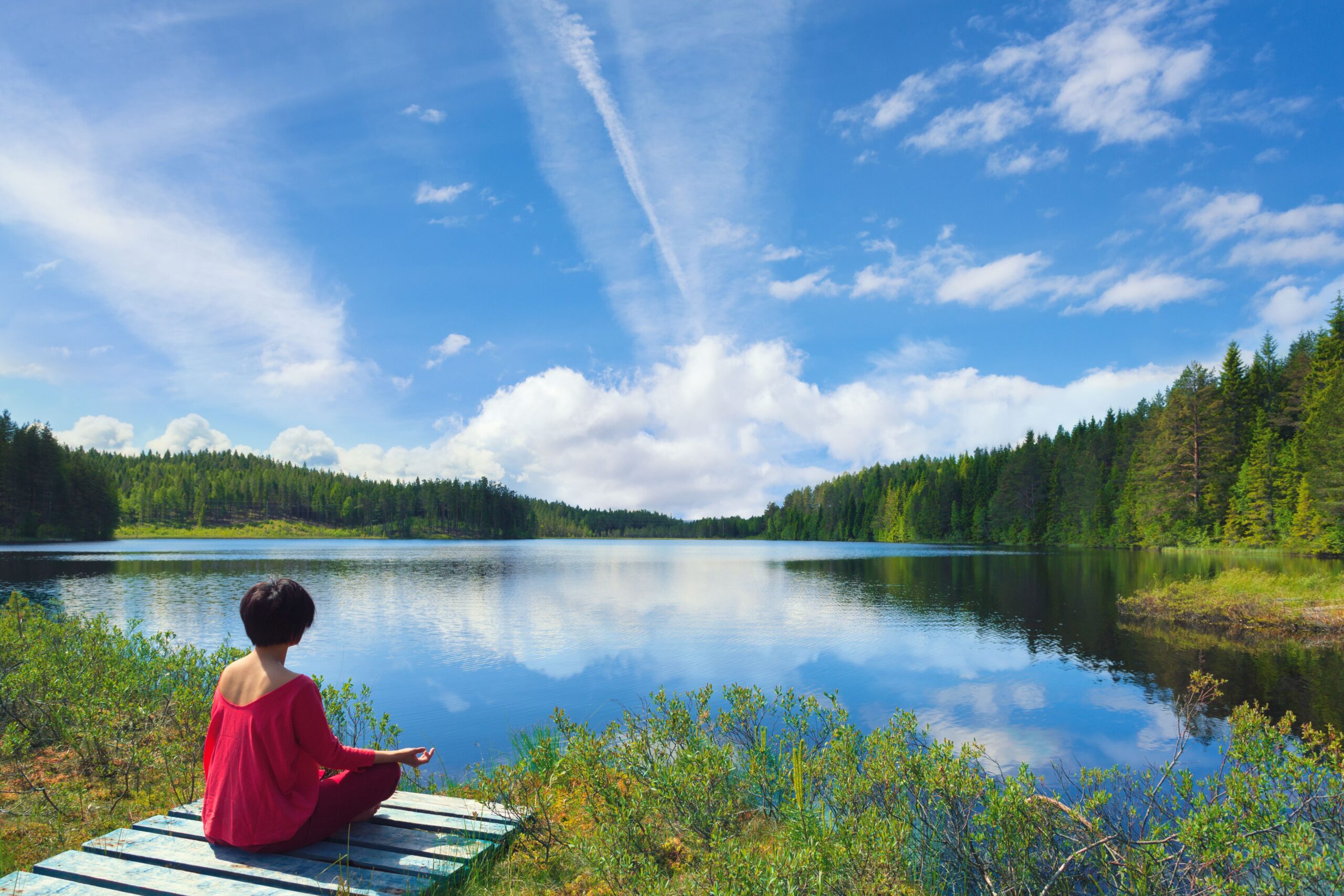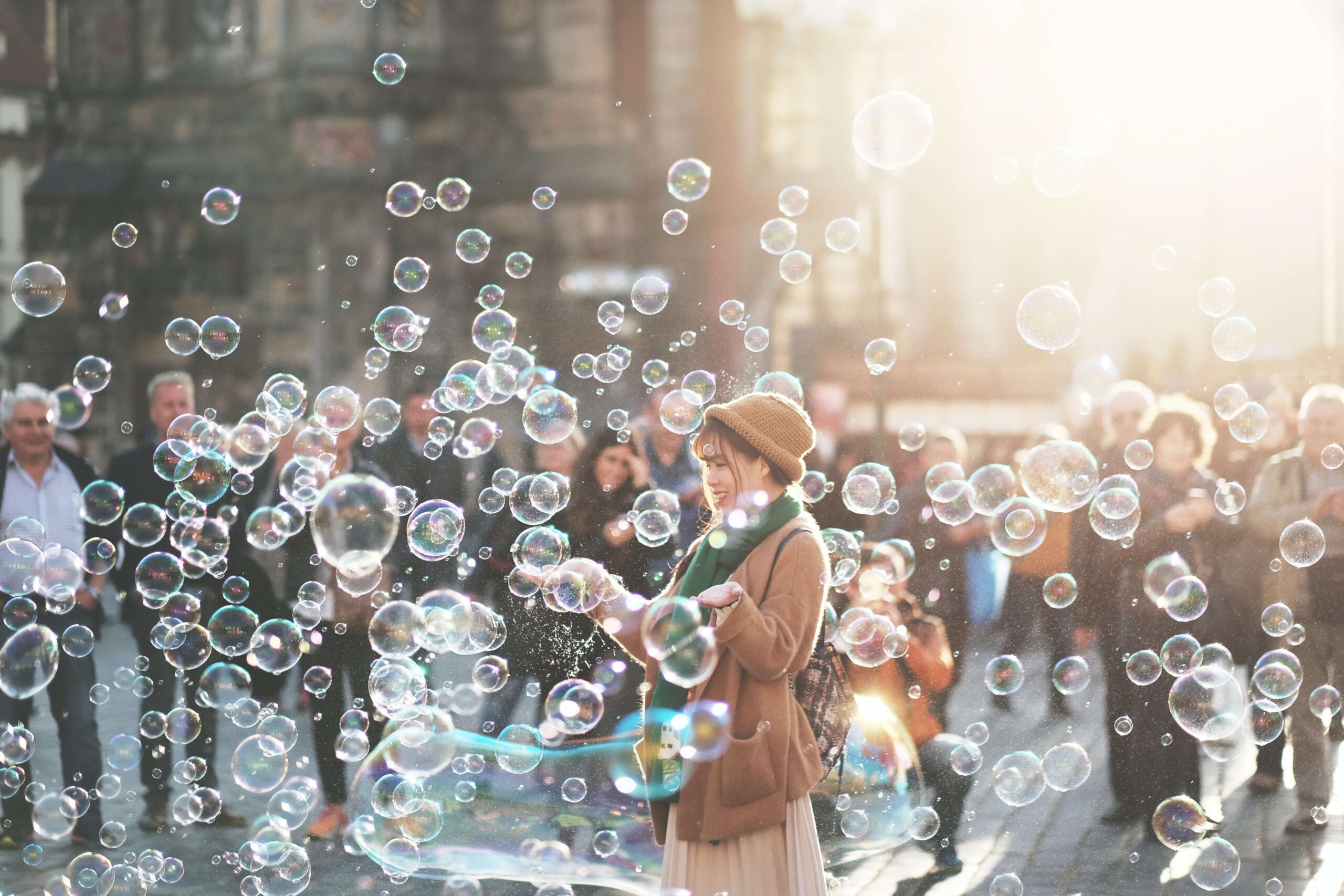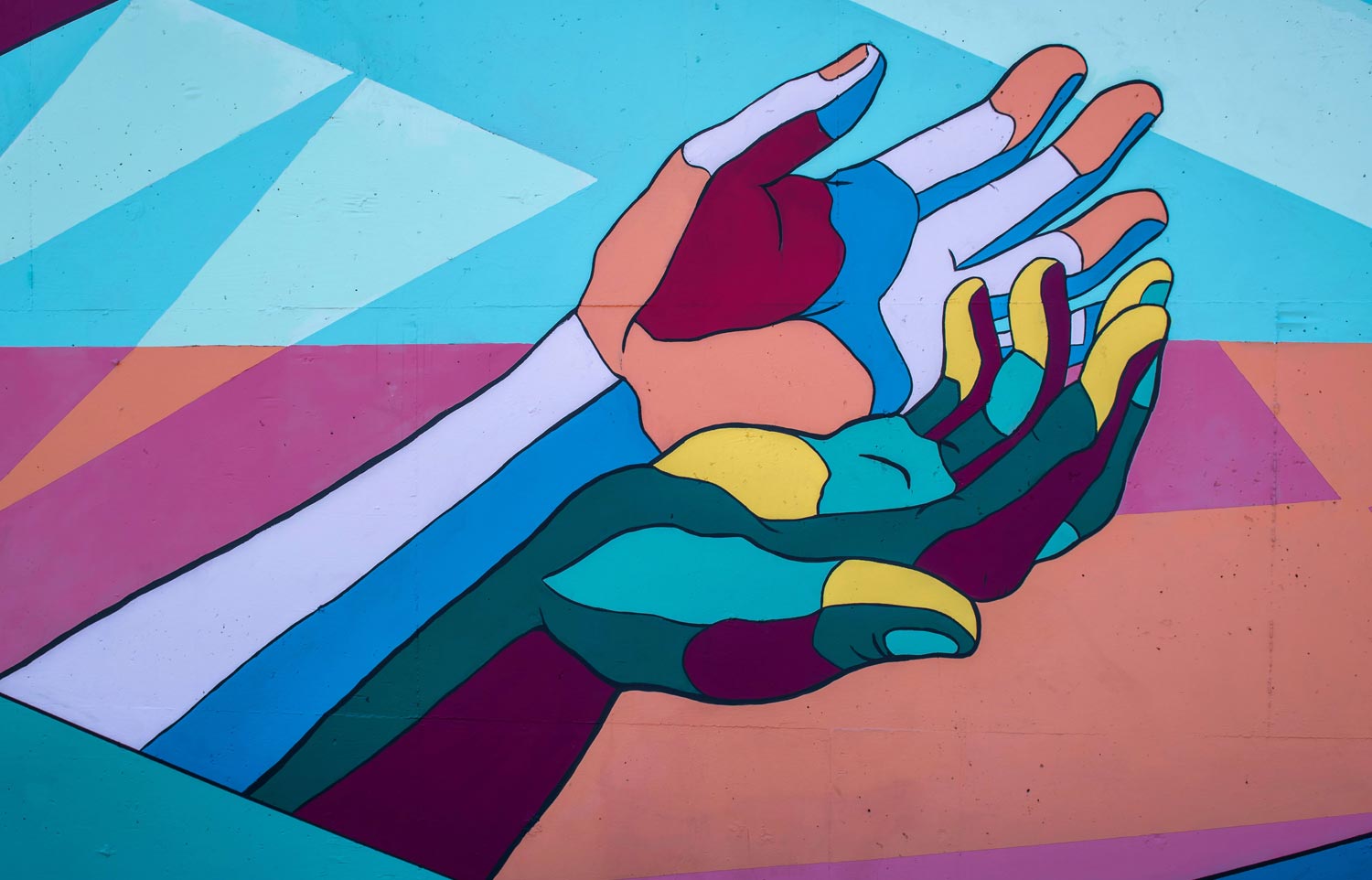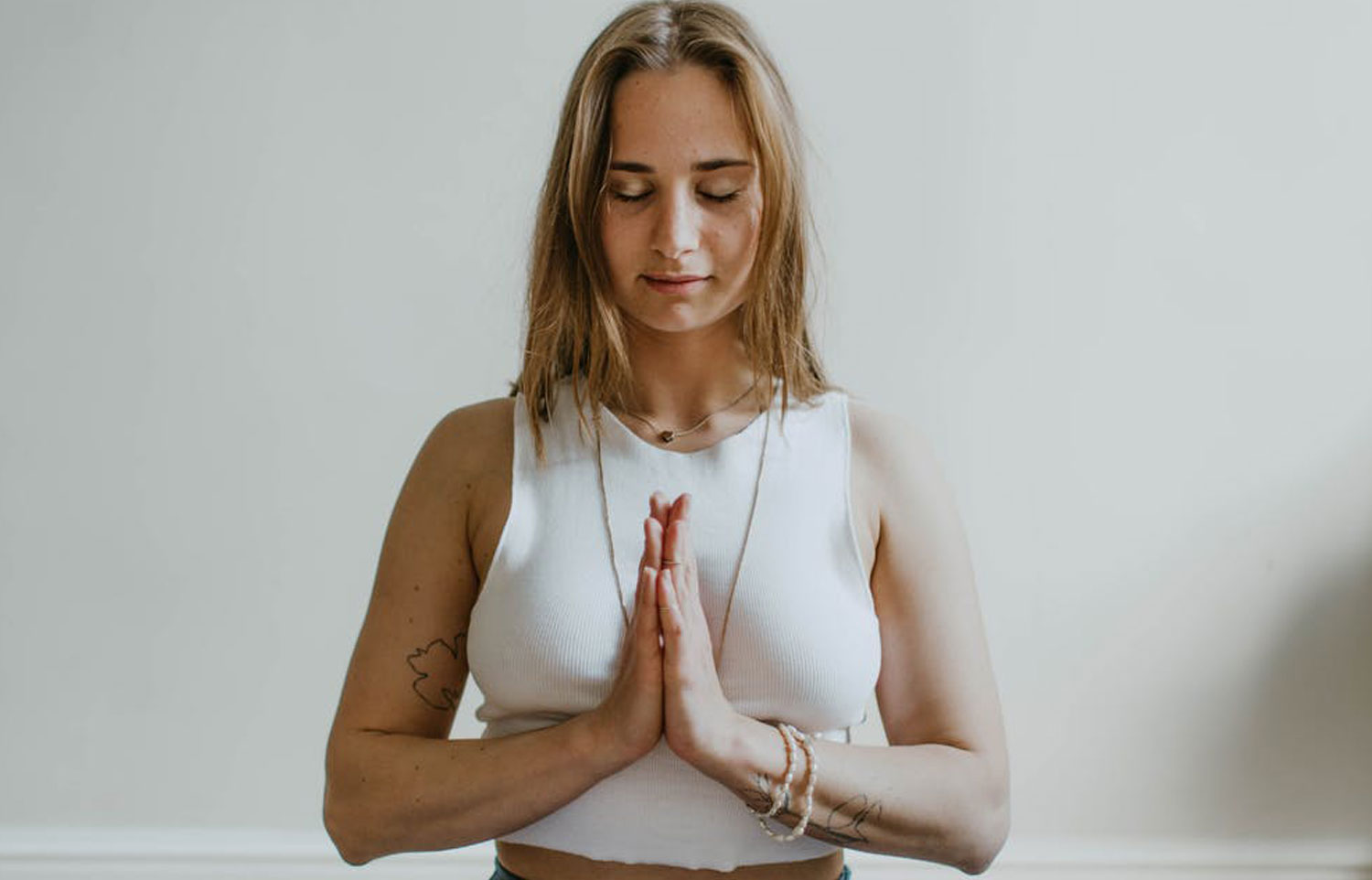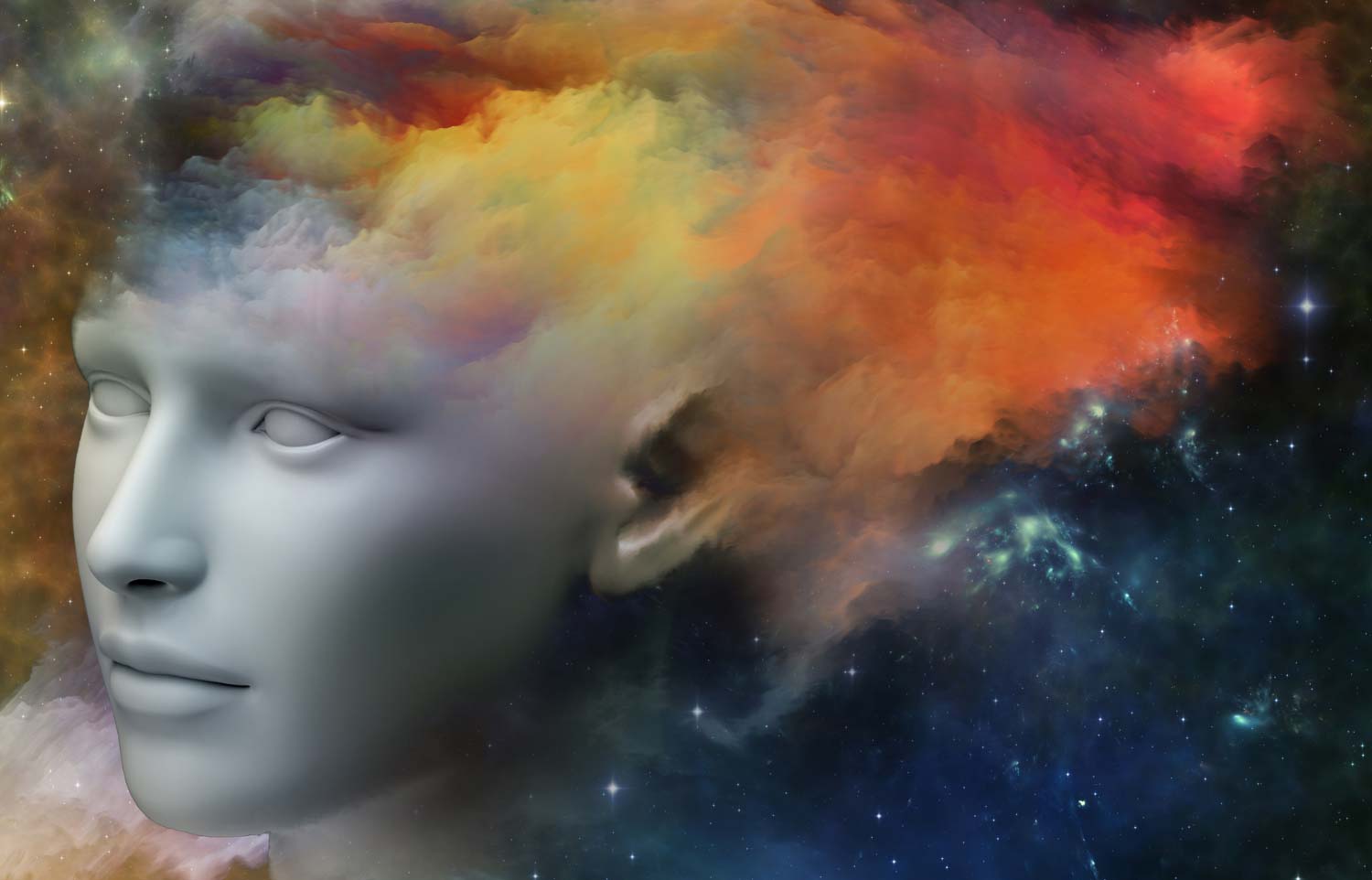When we start a new project or interact with new people, relationships in general and intimate relationships, we need a certain ground, a certain degree of self-confidence that we will be able to handle what comes up and can deal with potential difficulties and unforeseen events. We need to feel relaxed,
settled in ourselves and ready to embrace success, failure and all the possibilities in between so we can engage with the vicissitudes of life with ease.
Self-confidence is not a thought, not a belief, not an emotion but something more subtle, almost innate, not something that is coming from anything but ourselves.
Self-confidence is also not the guarantee of success, success is a desirable outcome but is not the real drive, the drive is the desire of being fully engaged with life, to fully participate.
When self-confidence is not present, we don’t feel capable, we are uncertain if we want to venture or not, and we feel the absence of the underlying, innate sense of confidence.
“Self-confidence isn’t a thought or an emotion, it’s something innate and
subtle that comes from within. Cultivate it by staying present in the moment
and letting go of the need to control outcomes.”
When that happens we develop all kinds of psychological maneuvres to avoid the underlying sense of deficiency and inadequacy stemming from the idea of potential failure and the fact that we cannot foresee all the possible outcomes and twists to our venture.
Some try to summon self-confidence by simply believing that they will be able to succeed, and some summon self-confidence by seeking confirmation about the belief that they will make it through others around them, especially people close to them. That strategy can work for a while but it can easily be
shaken by just a simple comment from someone we trust, a remark, or even a simple joke. When that happens we feel deflated and collapsed or in certain cases, we react and start to attempt to prove that we are capable, we might even get into an argument about it. We can engage in endless internal conversations in an attempt to find evidence to support that belief but often the perceived certainty can be shaken very easily.
So what is Real Self-confidence, where is it arising from, and how come it is there, we are not even thinking about it? How can it be so obvious when we see it present in others that we almost envy them for it?
In our work, we have seen that self-confidence stems from our connection to ourselves, in our capacity to stay focused on our current experience, with what is really happening now. That connection will inspire us, gauge our capacities in real time and inform us on how much we can do, when, and what we might need to learn to be able to continue in our journey. Sometimes we might need to slow down, sometimes we might need to push, it all depends on the circumstances and our actual capacities and resources available.
How do we connect with ourselves to the extent that we find our innate self- confidence?
We find out that we need to actually relax into ourselves, and when we stop trying, we will naturally do what we are capable of and learn how to do what we are not yet capable of. We also learn how to stop when it’s not really worth the effort. It’s a kind of inner wisdom that is arising from being a human.
Sometimes we fail, and sometimes we succeed, all that is part of our learning experience and we welcome both. The losses are not seen as such, but are actually necessary learning experiences that will help us be the best version of ourselves.
In practice, we basically need to learn how to be present, be in the moment, relax and wait for the innate impulse to arise spontaneously. Sometimes we might lose faith and go back to trying, not out of the love for that action but to escape the uncomfortable feeling of the absence of self-confidence. In those
cases, we might peruse things that are not actually close to our hearts just to fill the sense of lack.
Self-confidence is not arising from our mind, so thinking about success or failure is just a way to disconnect from our gut’s wisdom and consequentially feel insecure, the head cannot do the job of the gut. Like when we are going for a hike and come across an obstacle, if we think about it too much, that is if to jump or not, we end up misgauging our step and stumble. When we trust our instincts, so to say, we mostly make it without any problem and if the gap is too big we just jump inside it or find a way around it.
Our gut does not work only for physical situations but also for life direction and our sentimental life, we need guts to start a new business and to tell someone we love them. So, the simple practice to be present in the moment can awaken our connection with our gut and as a consequence our innate instinctual
capacities. We can then trust ourselves, experiencing that as an innate sense of capacity and confidence.
In conclusion, self-confidence is not something that can be summoned or faked. It comes from a deep connection to ourselves and the ability to stay present and focused on our current experience. It is not about striving for success at all costs, but rather about fully engaging in life and embracing all
the ups and downs that come with it. By learning to relax into ourselves and trust our innate wisdom, we can find the self-confidence needed to face any challenge and embrace our journey with ease.
Remember, the next time you find yourself lacking self-confidence, take a moment to connect with
yourself and trust in your own capabilities. You may be surprised at just how capable you truly are.
Emilio Mercuriali is a teacher of the Diamond Logos. Join him for his study retreat series ‘Journey to Essence’


